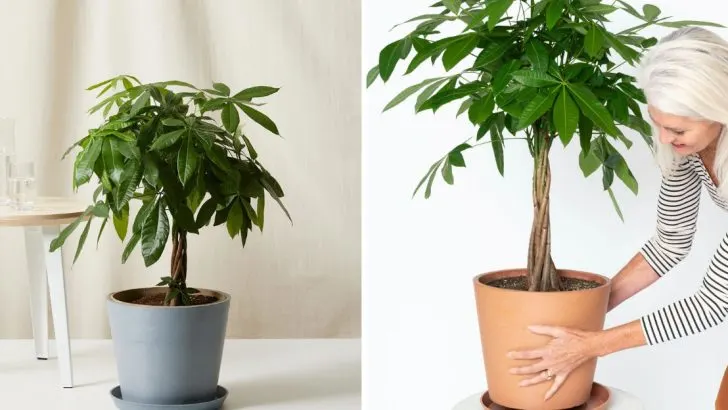The money tree (Pachira aquatica) is more than just a beautiful houseplant – it’s a symbol of prosperity and good fortune in many cultures. Known for its braided trunk and lush green leaves, this popular plant is a favorite for bringing a touch of nature and positivity into your home.
Caring for a money tree doesn’t have to be a challenge. With just a few simple tips, you can keep your plant thriving indoors while adding a vibrant, lucky charm to your living space.
Whether you’re a seasoned plant parent or new to indoor gardening, these easy care tips will help you nurture your money tree so it grows strong and healthy for years to come. Let’s get started!
Water Wisely
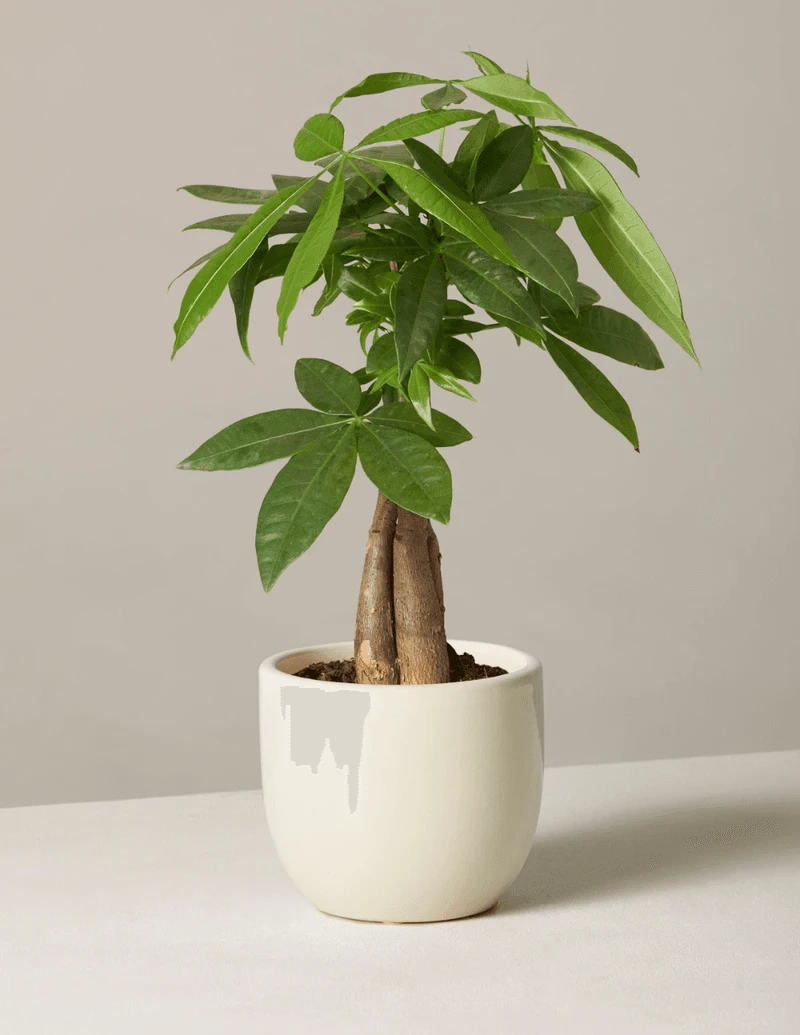
Watering your money tree requires a gentle touch. Avoid drenching the soil; instead, allow the top inch to dry between waterings. Over-watering can lead to root rot, a common issue with indoor houseplants. During the warmer months, increase the frequency slightly, ensuring your plant stays hydrated without becoming waterlogged. Consider the humidity levels in your home, as dry environments may require more frequent watering. A small, consistent routine will encourage healthy growth and lush foliage. Use room temperature water for the best results, as cold water can shock the plant’s roots. Your money tree will thank you for this mindful approach.
Provide Adequate Lighting
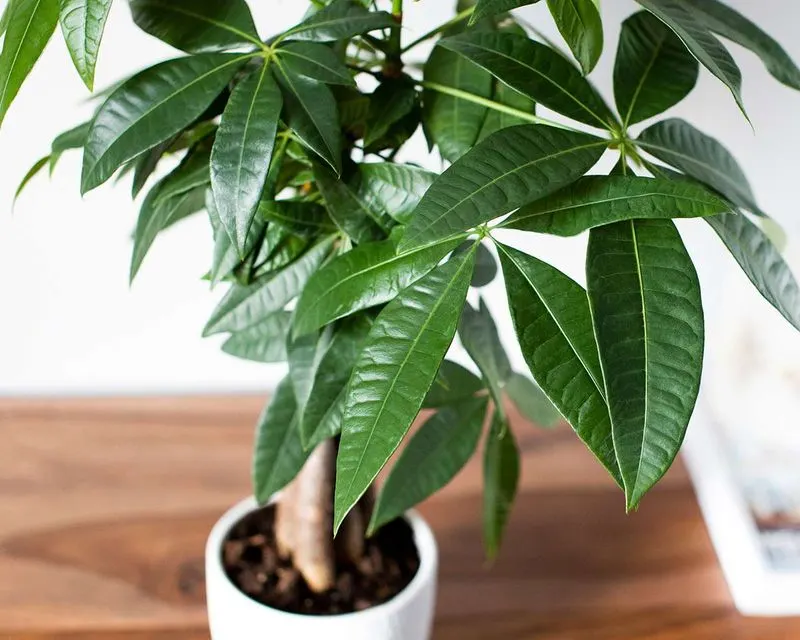
Money trees thrive in bright, indirect light. Direct sunlight can scorch the leaves, so shield your plant with sheer curtains if it’s near a window. If natural light is limited, consider fluorescent lighting as a suitable alternative. Rotating the plant every few weeks ensures even growth, preventing one-sidedness that often occurs with stationary placement. This rotational strategy helps maintain the tree’s aesthetic and overall health. Pay attention to leaf color; yellowing can indicate too much light, while dark leaves suggest insufficient exposure. Balancing light conditions is key to maximizing your money tree’s potential.
Choose the Right Soil
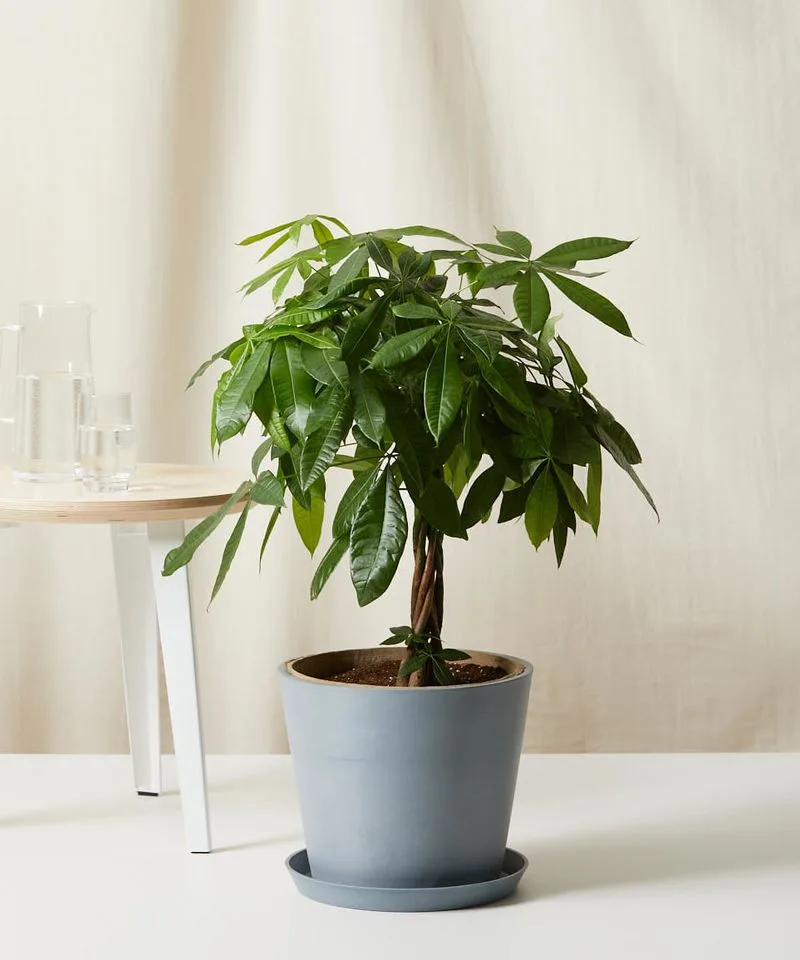
Selecting the appropriate soil is vital for a money tree’s prosperity. Opt for a well-draining potting mix, ideally with a blend of peat, perlite, and sand. This combination promotes aeration and prevents water retention that can suffocate roots. Refrain from using garden soil, which may compact and restrict drainage. Repotting annually refreshes the soil, providing necessary nutrients for growth. Additionally, a pot with drainage holes helps prevent water accumulation at the base. This soil strategy fosters a robust root system, encouraging your money tree to flourish indoors and display vigorous growth and vibrant leaves.
Maintain Humidity
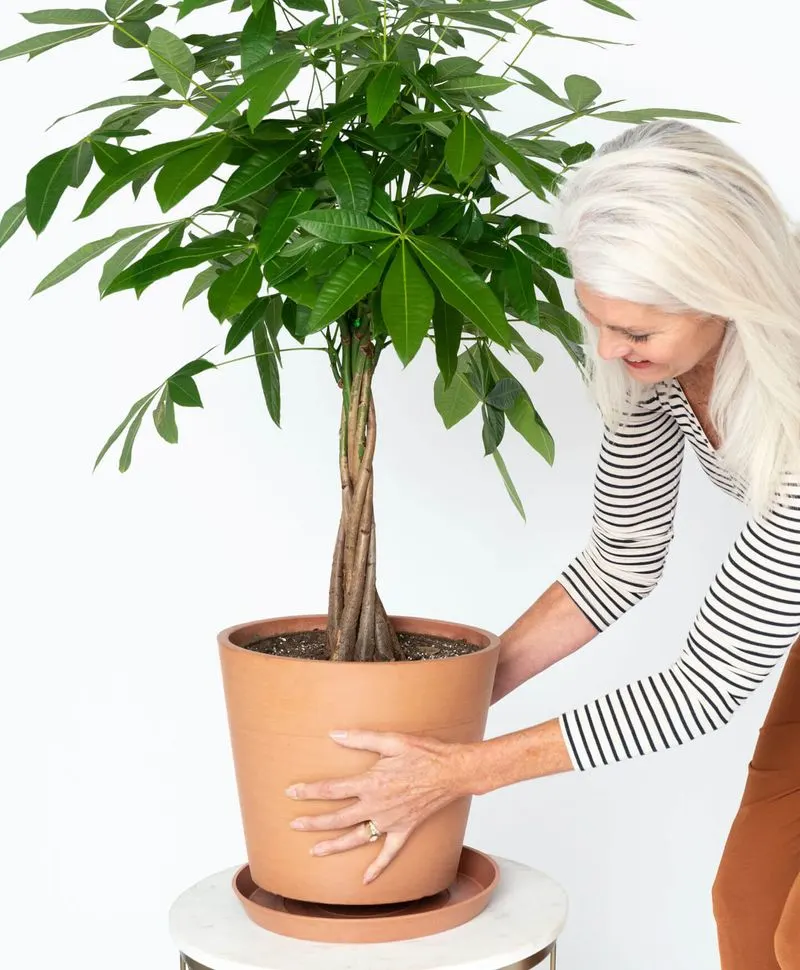
Money trees flourish in humid conditions, mimicking their natural habitat. Indoor air can be dry, especially during winter heating. Placing a humidifier nearby can boost humidity levels, aiding in leaf vitality and growth. An alternative approach is misting the leaves regularly, providing a refreshing touch to the plant. Grouping plants together also enhances humidity through natural transpiration. Observe the leaf edges for dryness; browning is a common sign of low humidity. Addressing this with increased humidity ensures your money tree remains vibrant and resilient, promoting lush, healthy foliage year-round.
Prune Regularly
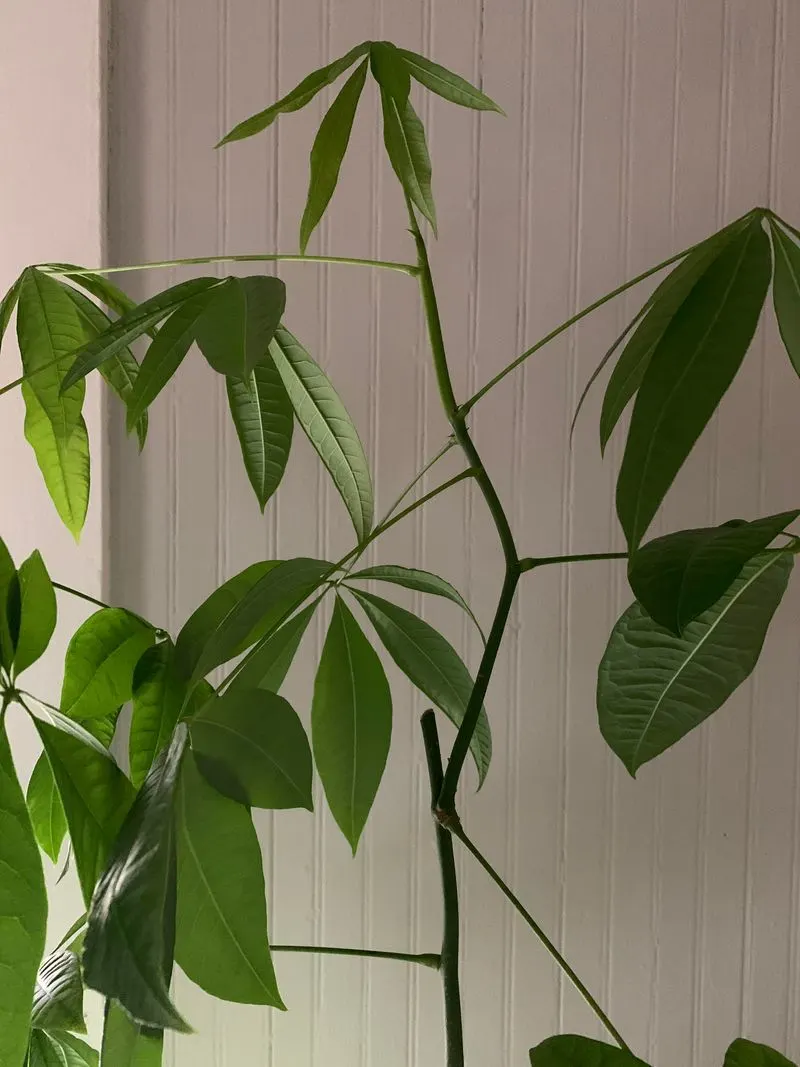
Pruning is essential for shaping and maintaining your money tree’s vigor. Regularly trimming dead or yellowing leaves prevents disease and encourages new growth. Focus on removing damaged branches to promote a tidy appearance. Pruning also controls the plant’s size, making it suitable for indoor spaces. Use clean, sharp tools to make precise cuts, reducing the risk of infection. This practice not only keeps your money tree aesthetically pleasing but also boosts its health by enhancing airflow between branches. Embrace this routine to witness a thriving and visually appealing plant.
Fertilize Sparingly
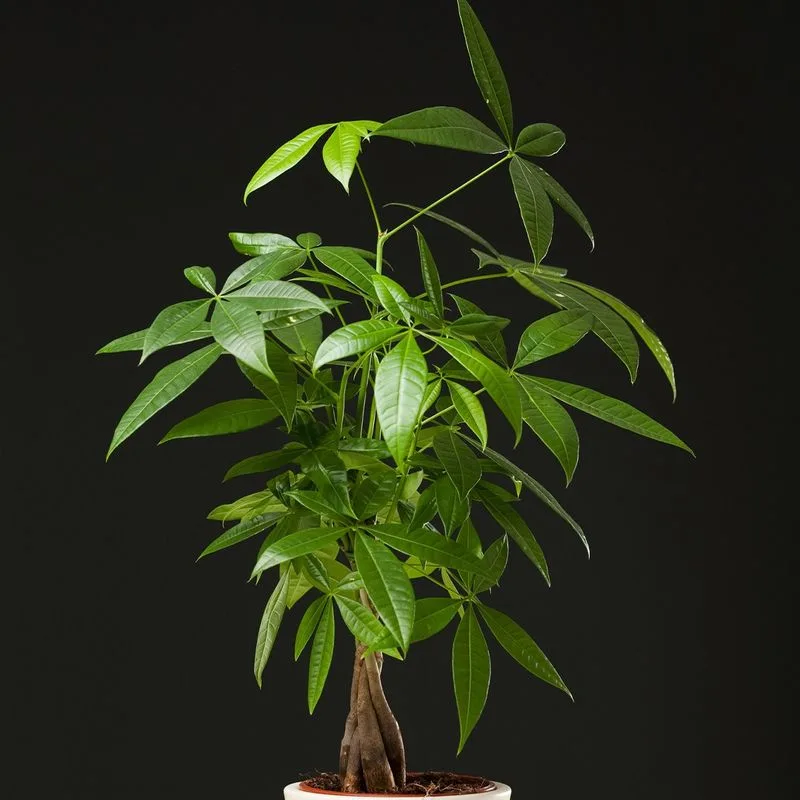
Fertilizing your money tree supports its growth but should be done sparingly. Opt for a balanced, water-soluble fertilizer, applying it monthly during the spring and summer. Over-fertilization can burn roots and cause leaf drop, so moderation is key. Dilute the fertilizer to half strength to prevent nutrient overload. The fall and winter months require less feeding, allowing the plant to rest. Monitoring the plant’s response to feeding is crucial. Healthy, vibrant leaves indicate successful fertilization, whereas signs of distress might necessitate adjustments. This careful approach ensures your money tree remains robust throughout the year.
Monitor for Pests
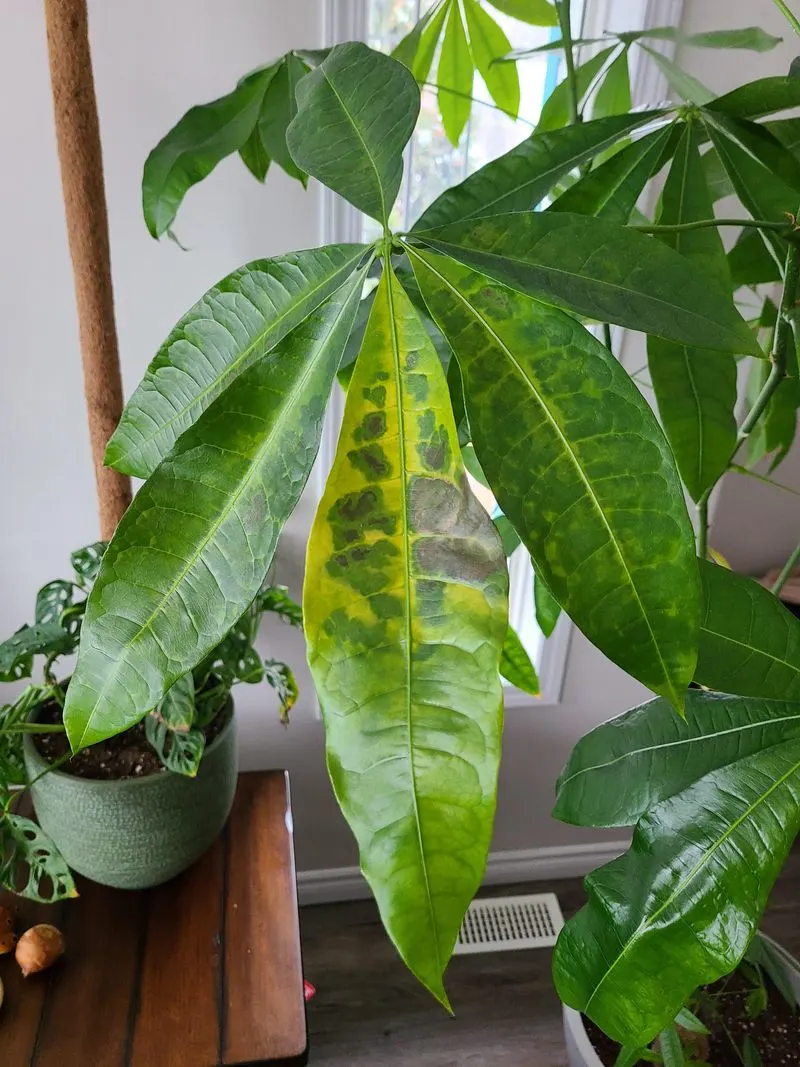
Keeping an eye out for pests is crucial in maintaining your money tree’s health. Common invaders include spider mites and mealybugs, which can be detected by inspecting the undersides of leaves. Early detection is vital to prevent infestations that could damage your plant. Use a mild soap solution or neem oil to tackle these pests effectively. Regular checks will ensure any potential issues are addressed swiftly. Keeping your money tree clean by gently wiping the leaves also deters pest attraction. Vigilance is your best defense, ensuring your plant continues to thrive in its indoor environment.

